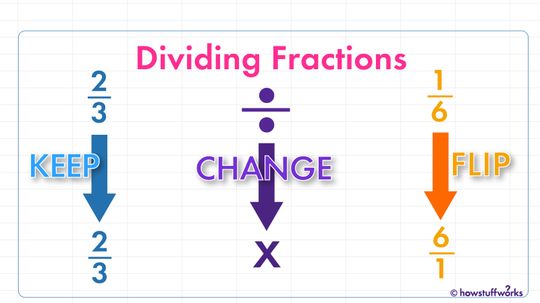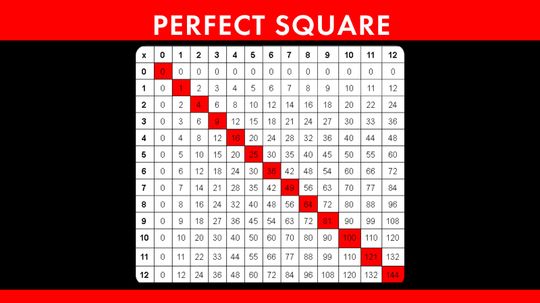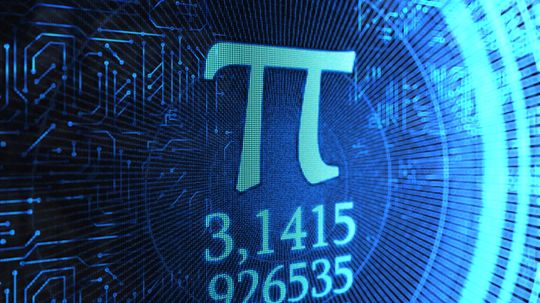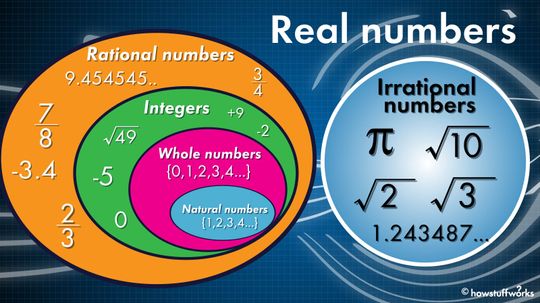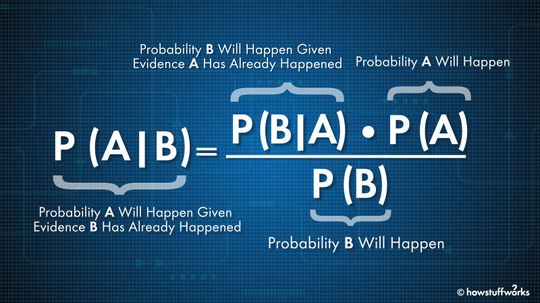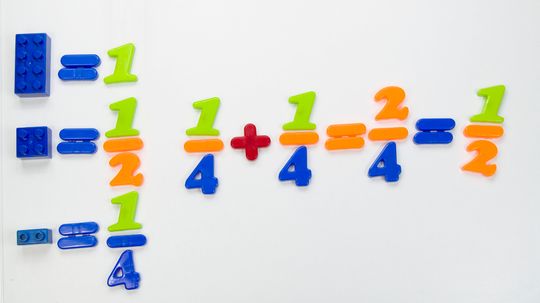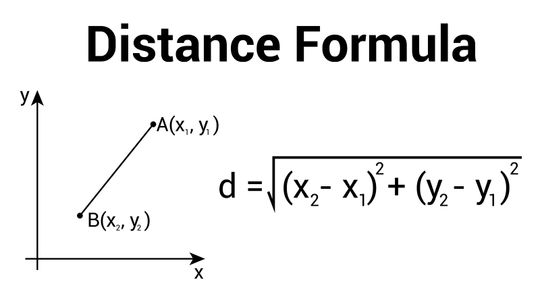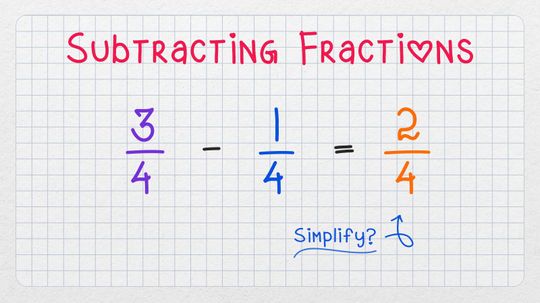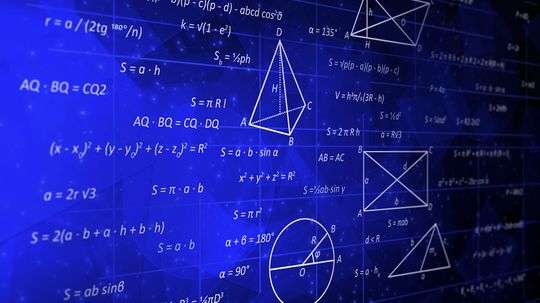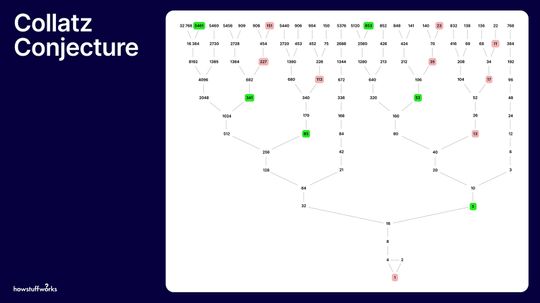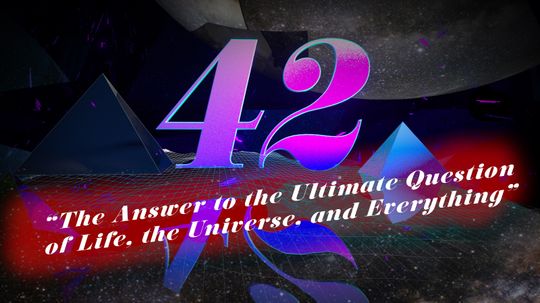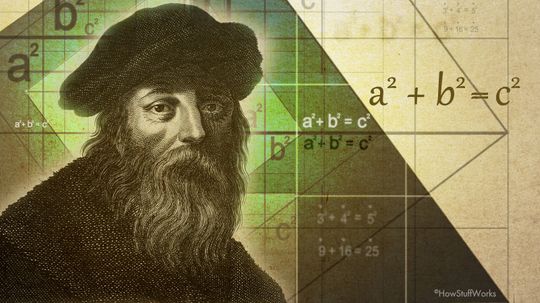Math Concepts
Math is often called the universal language because no matter where you're from, a better understanding of math means a better understanding of the world around you. Learn about math concepts such as addition, subtraction, fractions, ratios and more.

Brown Noise vs. White Noise: Which Is Best for Quality Sleep?

Can a sound wave kill you?

Can two cans and a string really be used to talk over a distance?

Delta-8 vs. Delta-9: Comparing Types of THC

Strong Bases: Properties, Applications and Examples

Comparing Strong Acids and Weak Acids

How Electricity Works

How Faraday Cages Work

How Gasoline Works

What do bugs have to do with forensic science?

5 Things You Didn't Know About Autopsies

Do a Person’s Fingerprints Change After Death?

How Alchemy Paved the Way for Chemistry

How did Nikola Tesla change the way we use energy?

Time May Not Exist, Say Some Physicists and Philosophers

Why Does Ice Stick to Your Fingers?

What if I forgot to remove a piercing before an MRI?
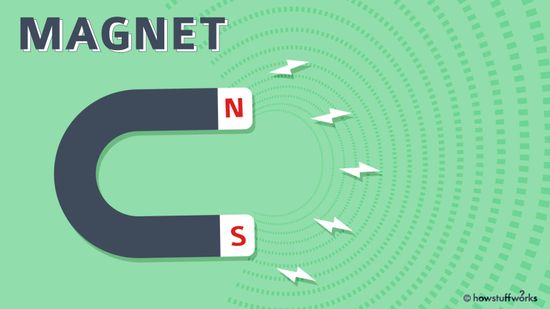
A Kid-friendly Introduction to Magnets and Magnetism

5 Hugely Fun Facts About Mass (Not Weight)

Antarctica's Spooky Cosmic Rays Might Shatter Physics As We Know It

Entropy: The Invisible Force That Brings Disorder to the Universe

The Demon Core: A Tale of Atomic Ambition and Tragic Fate

Half-Life Formula: Components and Applications
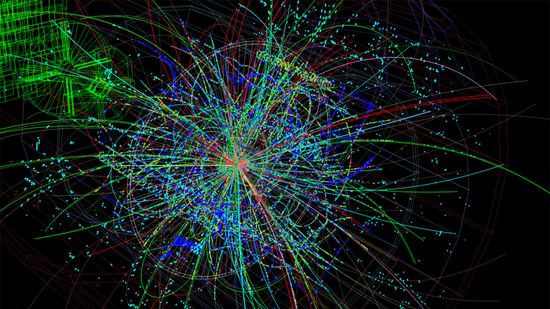
Could an 'X17 Particle' Hint at a Fifth Force in the Universe?

Why Are School Buses Yellow?

HowStuffWorks: How To Draw An Impossible Shape

What Are the Colors in the Visible Spectrum?
Learn More / Page 2
Finding the range of a set of numbers is an easy subtraction problem!
Dividing fractions is easy once you learn a couple of rules and remember three words — keep, change and flip.
A perfect square is a number, but it can also be explained using an actual square.
Advertisement
The Fibonacci sequence has been a numerical sequence for millennia. But what does it have to do with sunflower seeds or rabbits?
Whether the circle is as big as planet Mars or as small as a tennis ball, the ratio of its circumference divided by its diameter will always equal pi (3.14). But why?
Has this ever happened to you? The meteorologist calls for a massive snowstorm, but the flakes fail to arrive. Chaos theory can shed light on why forecasts fail (and why our orderly world may not be so orderly after all).
You use the number zero all the time, but it may surprise you to learn that it sometimes isn't a number at all. It may surprise you even more to learn that it was all but invented. See what else surprises you about zero in this article.
By Josh Clark
Advertisement
You may remember from math class that a prime number is a number that can only be divided by 1 and itself. But why are they important anyway?
Rational numbers can be expressed as the ratio of two integers, while irrational numbers, such as square roots of non-square numbers, cannot.
Bayes' theorem describes the probability of an event, based on prior knowledge of conditions that might be related to the event. Sounds intimidating, but we'll walk you through it.
By Mark Mancini
Science requires that we make guesses, which is why we have confidence intervals.
Advertisement
If you're already familiar with subtracting fractions, learning how to add fractions will be a piece of cake for you. And if you haven't learned how to subtract fractions yet, don't worry — we've got you covered!
You can find the distance between two points by using the distance formula. It's an application of the Pythagorean theorem. Remember that from high school algebra?
The very idea of trying to subtract one fraction from another may send you into convulsions of fear, but don't worry — we'll show you how.
Want to know the area of your pizza or the kitchen you're eating it in? Come on, and we'll show you how to figure it out with an area formula.
Advertisement
We take the mystery out of reporting the percent error correctly and show you how to use it in real life.
By Mark Mancini
The Collatz conjecture can be worked on by 9-year-old math whizzes, but it's flummoxed some of the greatest minds of the past century. Will it ever be solved?
A new geometric shape called the "einstein" shape has been discovered and when you tile it, no repeating pattern emerges.
Math is a language of symbols and equations and knowing the basic signposts is the first step in solving mathematical problems.
Advertisement
It's seeped into movies and popular culture, but what does "six degrees of separation" really mean? Are we really that connected to each other?
By Dave Roos
There are two different scales of measuring temperature on Earth, but they merge at just one very cold number.
How large does a random group of people have to be for a 50 percent chance to exist that at least two of the people will share a birthday?
Two mathematicians have solved a decades-old math problem by harnessing the power of a virtual supercomputer.
Advertisement
The Pythagorean theorem, which explains how to calculate the longest side of a right-angled triangle, is an ancient mathematical statement that still buttresses modern-day construction, aviation and even how we navigate through traffic.
And it'll take XIV minutes flat.
By Alia Hoyt & Desiree Bowie

